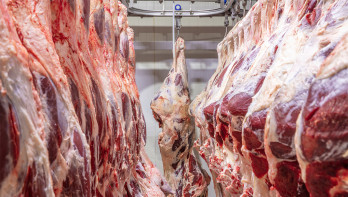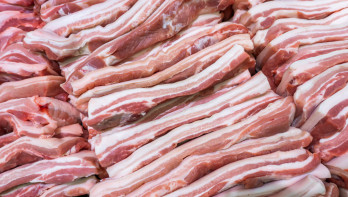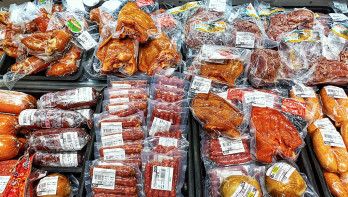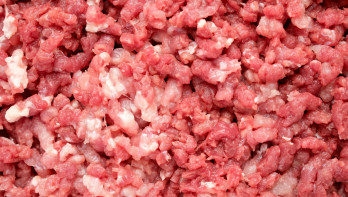Analysis Pigs & Pork
Pork production to decline in the second half of 2024
The pork production in Europe has increased in the first half of the year. However, Rabobank predicts that this trend will reverse and the number of slaughters will decrease. The bank also expects that the bottom in the slaughter price has been reached.
In the first half of 2024, pork production has increased by 3%. About half of the growth is attributed to a higher number of slaughters. The other half of the growth follows higher slaughter weights.
Decreasing supply
Rabobank expects that the increase will not continue. In total, the pig herd in the European Union will decrease by 0.5%. The bank expects the number of slaughters to continue. In France, the number of slaughters is decreasing by 0.5%. The Netherlands and Italy lead the decline with each showing a decrease in the number of slaughters of as much as 6%. In the Netherlands, this is only the beginning of the decline. Rabobank expects the pig herd to decrease by 10% to 15% due to buyout schemes.
The rest of the potential growth is hindered by increased disease pressure. PRRS continues to cause problems in Spain, while African swine fever disrupts markets in Eastern Europe and Italy. In Germany, Denmark, and Poland, the bank still foresees increases. Our German neighbors are expected to slaughter 1% more pigs, according to the bank. The Danes also slaughter 1% more. In Poland, the bank even predicts a 3% increase.
Bottom in slaughter prices reached
Pork slaughter prices have stabilized after the summer decline. Currently, prices in the Netherlands and Denmark are below the EU average. This is due to a heavy reliance on exports, according to the bank. The bank notes that margins in sow farming have decreased, particularly. However, due to favorable prices in the first half of the year, profits for sow farmers are almost certain, the bank believes.
The bank deems further declines unlikely. Supply is significantly tightening, and seasonal patterns favor the pork market. Pork is more in demand in winter, and the market is already looking ahead to Christmas.
Export Decline
The decline in exports is still ongoing. Overall, exports increased by 1%. Export to China, in particular, is struggling. Total exports to the Asian country decreased by 7%. This is almost exclusively attributed to the decline in muscle meat. This export decreased by 13%, while by-products export increased by 23%. Export to other destinations, on the other hand, increased. The export performance in the second half of the year may improve. Rabobank expects the country's import demand to rise.
Whether Europe can actually benefit from this is uncertain. It is unclear how long China will allow pork exports. Furthermore, competition from outside China is increasing. Production in the United States increased by 2% in the first half of 2024. Meanwhile, exports from Brazil increased by 3.5%.




